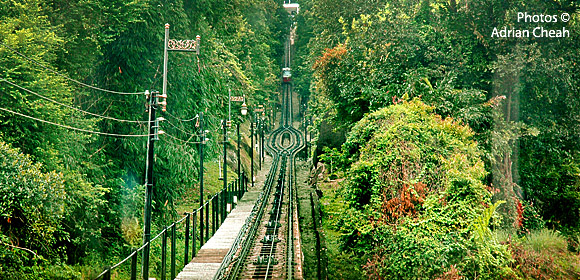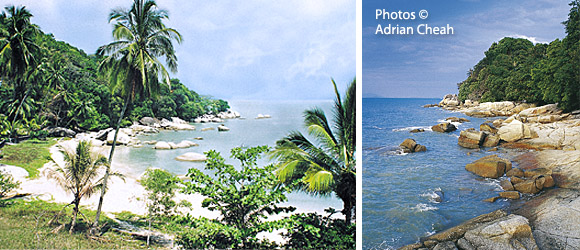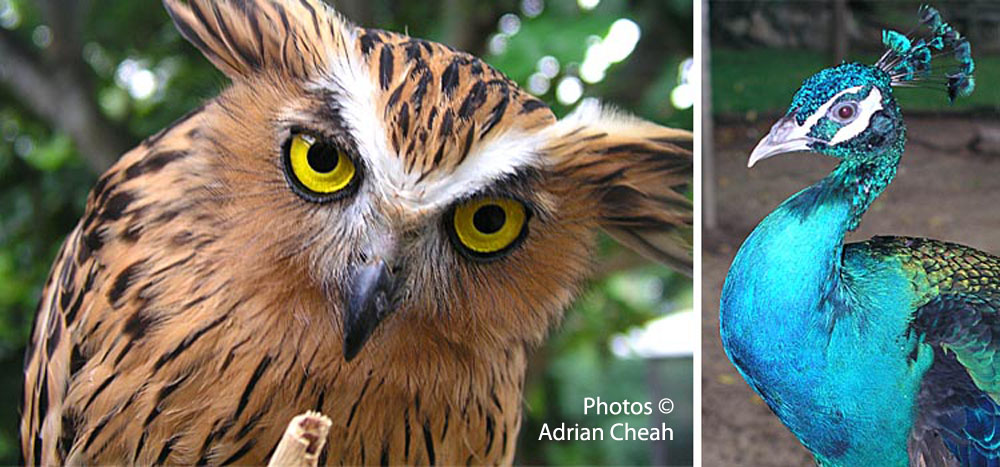Penang Bridge – connecting the island to the mainland
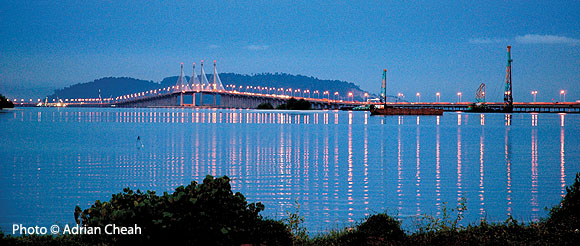
Before 1985, transportation between the island and the mainland was solely dependent on the state-owned Penang Ferry Service that plies between Butterworth and George Town. For using the ferry services in Penang, motorists need to pay toll fare while heading to the island. There is no charge for leaving the island.
Continue Reading
Penang ferry service
The famous heritage ride across the Penang Channel

Probably the most cherished and well-known icon of Penang, this ferry service which carries motor vehicles and foot passengers became operational in 1925, linking Butterworth on the mainland to George Town on the island. Prior to that, the ferries in the form of large boats were meant for goods and people only.
Continue Reading
The legend of the ferocious beast called Nian
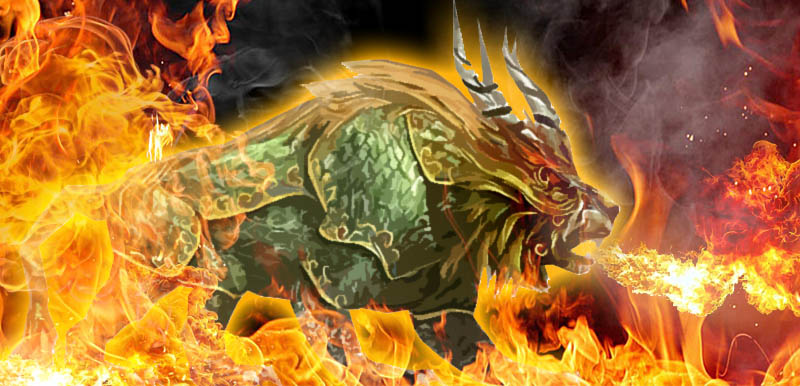
"Nian"' in Mandarin means "year". However, legend has it that Nian was not merely a symbolic representation of the passing year; rather, it was a mythical monster that instilled fear among humans during the New Year. This formidable creature posed such a grave threat that it loomed over the prospect of annihilating the entire human race.
At a loss about what to do, the Emperor sought the counsel of his advisors to devise a strategy for averting this impending calamity. Having devised an infallible plan, the advisors approached Nian and challenged this all-powerful beast to prove of its invincible strength by destroying all other monsters on earth rather than to erase the humans who were obviously no match for it.
Continue Reading
Ang Pow, a packet of good tidings
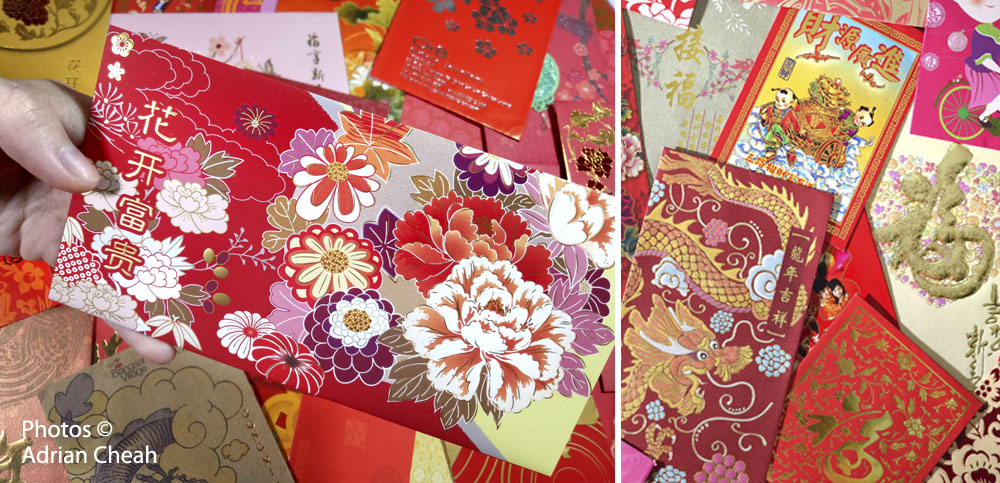
A monetary gift, straightforward and convenient, garners universal appreciation. The Chinese community worldwide traditionally exchanges red envelopes, known as ang pows, containing money as a gesture of goodwill during significant events like Chinese New Year, birthdays, and weddings. Although this humble offering dates back thousands of years, this modest tradition is still prevalent to this very day.
Continue Reading
History of Little India

This meticulously regimented network was among the earliest parts of George Town planned under the administration of Sir Francis Light, the English founder of Penang. The area is hence now referred to as the "Francis Light Grid" – a rectangular network bordered by Leith Street, Beach Street, Chulia Street and Pitt Street (now Jalan Masjid Kapitan Keling).
Continue Reading
The Sari: Queen of garments
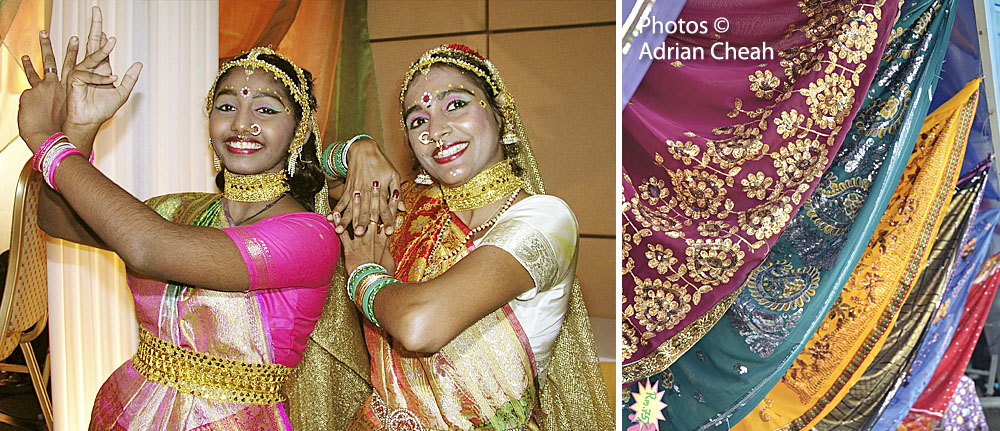
The amazingly versatile sari (or saree) transcends mere fabric – it embodies the rich heritage of traditional South Asia women (and a few men) in countries such as India, Pakistan, Bangladesh, Sri Lanka and Nepal. It is also a garment that covers all, yet is revealing, enchanting yet unassuming, serene yet sensuous. The sari, with its six yards or more of artistry, is a masterpiece of contradictions, seamlessly transitioning from workwear to leisure attire to a symbol of opulence, all within its elegant drapes.
Continue Reading
The elegant Nyonya kebaya – wearable art that knows no seasons
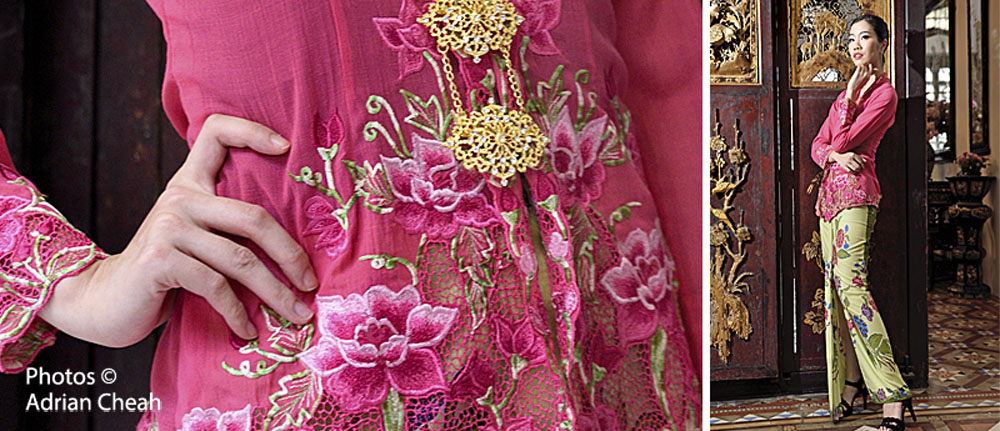
"When in Rome, do as the Romans do" is an oft-quoted maxim about the importance of adapting oneself. Whether or not this bit of wisdom was known to the early Chinese immigrants to Malaysia, some of them eventually married the local folk and adopted Malay customs while remaining quintessentially Chinese in belief and philosophy. The result of this union was the Chinese Peranakan (more commonly known as Babas and Nyonyas), a unique cultural hybrid with a cosmopolitan persona that flourished for centuries throughout Malaysia.
Continue Reading
Bansan – a fresh take on board games and its relevance today
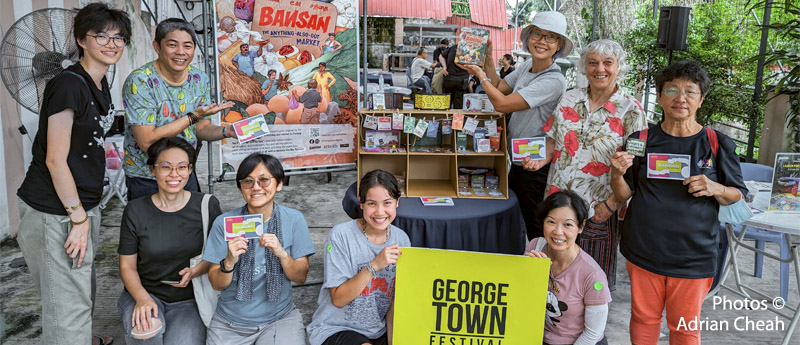
Board games have a long and fascinating history, dating back thousands of years to ancient civilisations such as Mesopotamia and Egypt. According to the British Museum (britishmuseum.org), the Royal Game of Ur is the oldest playable board game in the world, originating around 4,600 years ago in ancient Mesopotamia. Although they were once reserved for the elite, over time, board games evolved and spread across different cultures, becoming more accessible and popular among people from all walks of life.
Continue Reading
Penang's Cina Wayang (Chinese opera) – for gods and ghosts
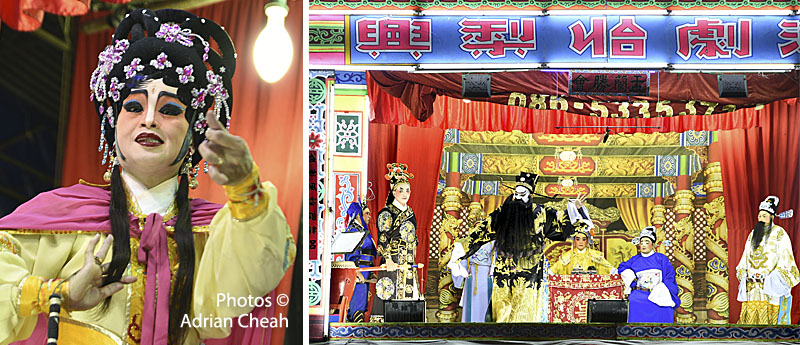
Growing up in Ayer Itam in the 1970s was so much fun. Living near the wet market was even better, as you could buy food easily at any time of the day. Back then, we would bring our own tiffin carriers and even supply our own eggs to the char koay kak lady or Pak Dollah, the mee goreng uncle. Ah Heng, the rojak man, parked his cart in front of my house. He would string halved green mangoes on a lidi (coconut leaf) stick and top them with rojak sauce and crushed peanuts. Another favourite of mine was the sliced bangkwang (turnip), also topped with rojak sauce and crushed peanuts. Ah Heng eventually gave up the rojak business and sold koay teow th'ng. Everybody knew everybody back then. News even travelled faster than a speeding bullet. Before I could reach home, my mum would have known what I was up to.
Continue Reading
"Looking After the Ashes" – unravelling the enigmatic Chinese Peranakan world of taboos and traditions

I usually stay away from horror stories, especially those that have blood and gore plastered all over the cover. I know that one should never judge a book by its cover. However having been an art director for more than three decades, I feel that a cover has to set the right tone and sell the book. The cover of "Looking After the Ashes" by Kopi Soh shows two wide-eyed kids, enchanted by the storyteller, enveloped with an eerie atmosphere. Picking up the book, I would not have been able to anticipate that it would be a page-turner for me.
Continue Reading



